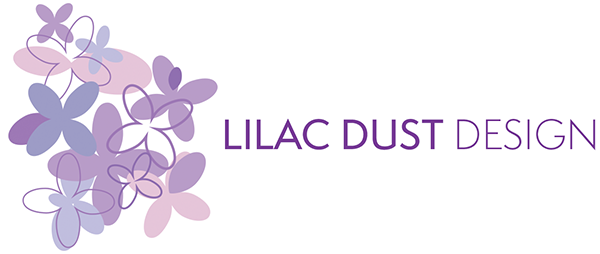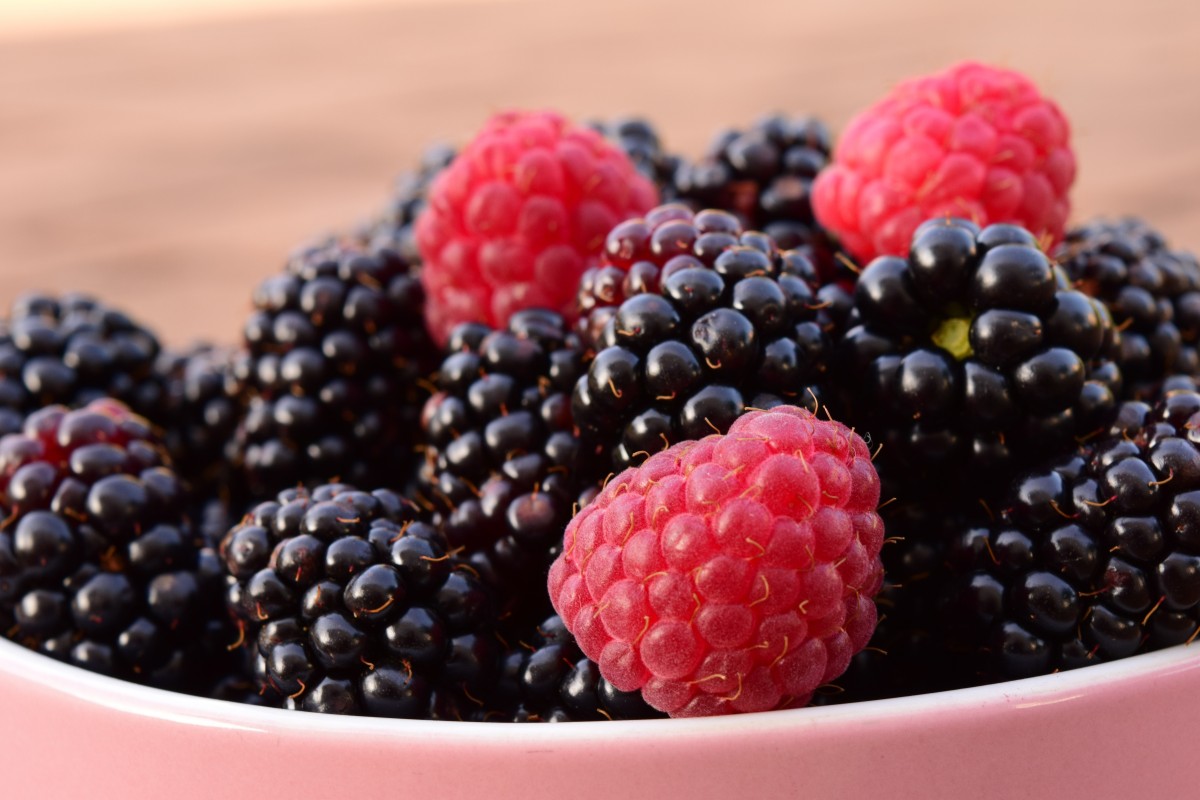Part Two
There’s a strong connection to marketing and perception, and that definitely incudes the perception of color.
How do people link color and food, and how does the food industry react?
Color is a sensory cue. Let’s take yellow, which is often associated with positivity and reassurance.
During the pandemic, people became more focused on well-being, as home cooking took over before restaurants opened back up or began to offer takeout. So consumers may link yellow to energy support, digestive help, or mitigating inflammation (like turmeric). Hence the rising of $5+ turmeric shots available as an everyday item in the grocery store.
Food colors that are tied to a reset were popular in 2021, such as neutrals and reds. Neutrals found in mushrooms, or white bean spread, or even broth, are comforting and associated with renewal. At the end of 2020, red was predicted to invigorate the food and beverage industry in 2021, because it is associated with the start of a new era.
As it turned out, 2021 was not exactly the turnaround year, but consumers still associate red with positive action and excitement, so part of the prediction was that people would buy more berries. And the experts were right! Berries were so high in demand by February of 2021, prices skyrocketed. Especially blackberries, which experienced a 111% price increase from 2020.
Now that 2022 is drawing to a close, which were the most popular food colors? Stay tuned for Part 3!

